This story originally appeared in i-D’s The Summer! Issue, no. 372, Summer 2023. Order your copy here.
In October 2022, i-D’s Jonny Lu and photographer Colin Dodgson made the long journey to the windswept plateaus of Patagonia in southern Argentina. Their goal was to document the work of two conservation charities, Fundación Somuncurá and Fundación Patagonia Natural, both working in partnership with the World Land Trust to maintain and protect wildlife reserves in Patagonia. Six months after their adventure, Jonny and Colin released the book 100% (Ciento por Ciento), named after the phrase used frequently by one of the rangers on the reserves, as well as the extremity of the landscape that features in Colin’s photographs from the trip.
This is the third in a series of books Jonny’s studio has published about the work of the World Land Trust, and Colin’s second: in 2019 the pair collaborated on the last book in this series shot in the rainforests of Belize, Deeper Green. Jonny, who studied marine biology before moving into design and creative direction, first came across the Trust’s work when he moved to London and soon after became one of their ambassadors.
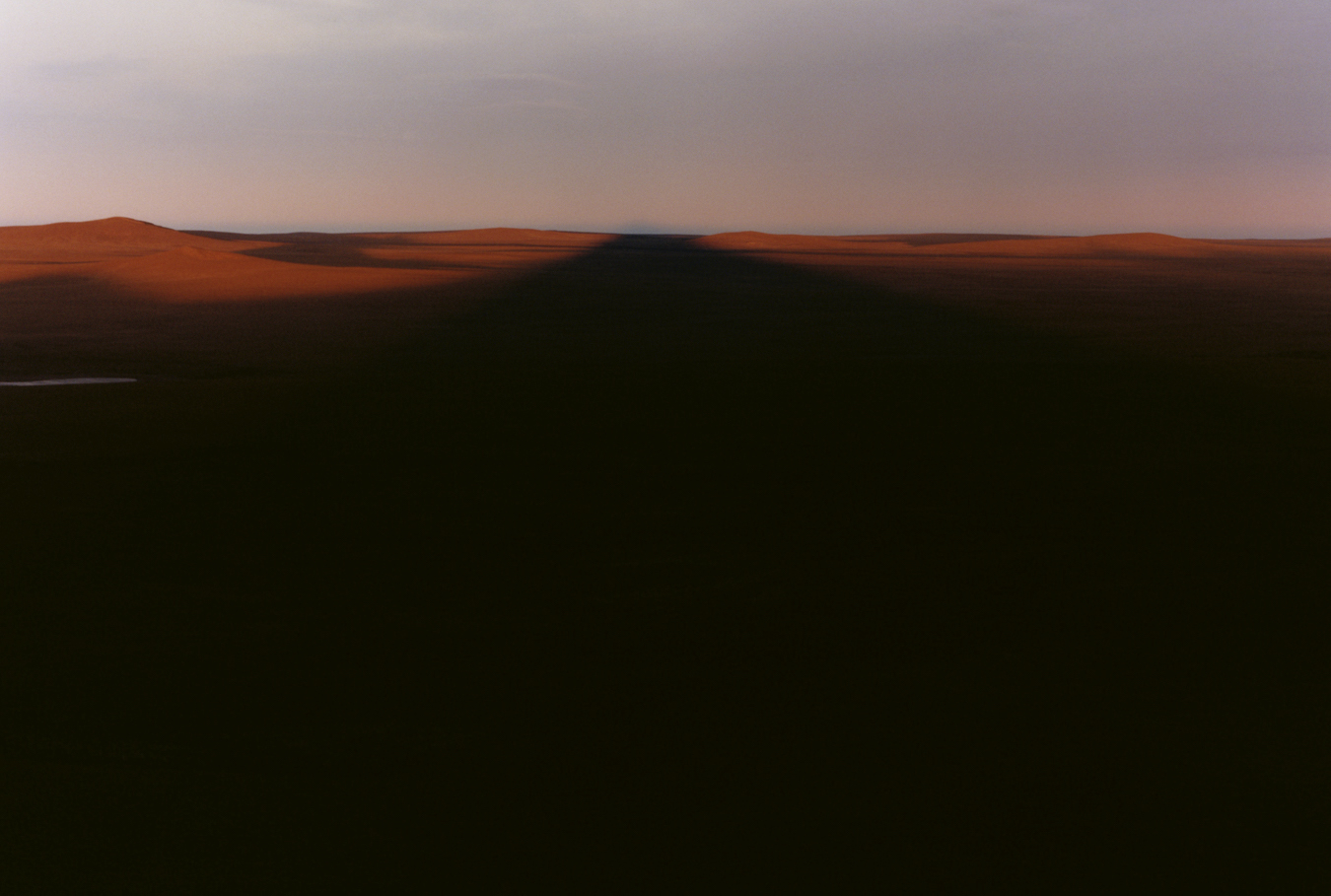
The idea to bring photographers working in art and fashion to the Trust’s reserves came in 2014 when he visited Ecuador to document a newly-discovered group of orchid species. “As cliché as it sounds, it completely changed how I approached everything,” Jonny explains. So he set out to find a way of using his connections in the fashion industry to raise awareness around the Trust’s work and assist, in some way, in protecting the world’s most threatened environments. “It sounds like a paradox,” he continues, alluding to his work in the fashion industry which remains one of the most polluting industries in the world, “but I’d rather do that than walk the other way”.
Founded in 1989, the World Land Trust was the first conservation charity
of its kind, inviting donors to assist in purchasing pieces of land across the world which are biologically important through their ‘Buy an Acre’ initiative. Instead of managing these sites from afar, the Suffolk-based Trust works with local partner organisations who are already doing good work on the ground to purchase and manage the reserves. To date, the charity has assisted local groups in protecting over four million acres of land, with 57,500 of these being in Argentina throughout the Patagonian region.

The World Land Trust was unique in its conception, spearheading the idea that local people must own the land they live on in order to protect it. Reports of ‘eco-guards’, who were part-funded by the World Wildlife Fund (WWF), using violence against Indigenous people living close to a proposed national park in the Democratic Republic of Congo is a stark, brutal reminder that the management systems around wildlife ‘preservation’ can quickly tip the hierarchy in favour of non-human life. The Trust has always maintained that those who live on the land should be involved in protecting it and, instead of using armed militia to protect the endangered species on the reserves from poachers, have used their funds to train said poachers – who have valuable, intimate knowledge of their surroundings – to become wildlife rangers themselves.
The wildlife that the rangers in Somuncurá are protecting are unassuming little creatures. The first is the El Rincon Stream Frog, which lives in the Valcheta Stream, a body of water that is heated to the temperature of 20°C year-round by Somuncurá’s volcanic geology – even in winter while on-land temperatures drop to -20°C. By some mad miracle of evolution, this frog cannot live anywhere that is not this exact stream in this very particular part of the Earth. Similarly, the Naked Characin, a small thumb-sized fish, cannot exist anywhere else, and its unremarkable looks hide a little secret that makes it truly unique: it naturally sheds its scales, leaving it ‘naked’ (no one yet knows why).
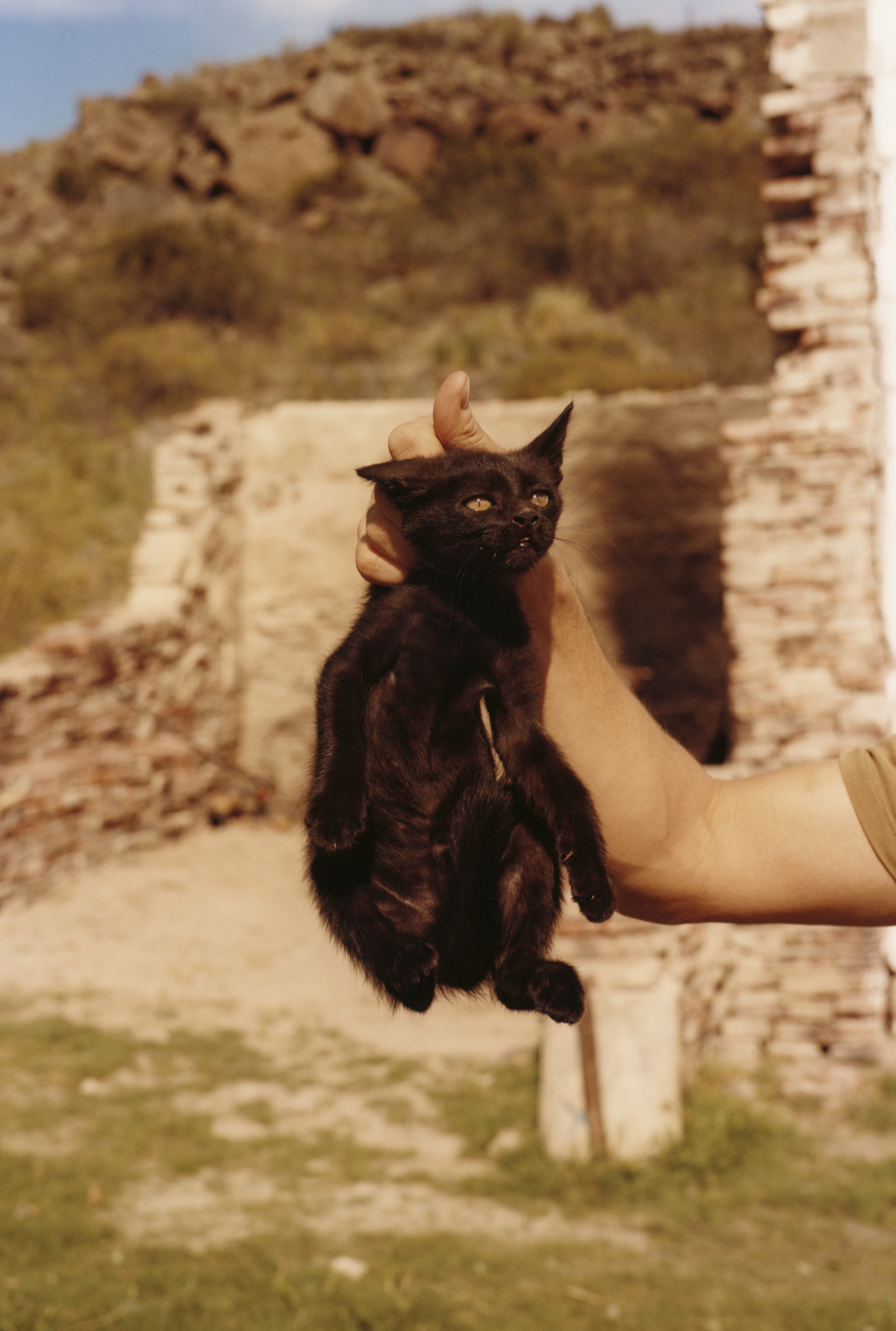
When the scientists first came to Somuncurá, the Indigenous Mapuche population were shocked when they began to construct fences around the stream. But after a while, once they got to know each other, the scientists and the locals began to share a fruitful and symbiotic relationship. One local woman, now a ranger on the reserve, has become a bit of a Somuncurá legend. She refuses to drive a car, riding around on horseback surveying and protecting the land – her land. And science has also affected the traditions of the locals, with a festival for the Naked Characin being held once a year. “It’s become a kind of local folkloric icon,” Jonny explains, “because they never really knew the importance of it,” but under the microscopic lens of science, they could see just how precious this tiny fish is.
The second reserve they visited on the South-Eastern coast, Estancia la Esperanza, is managed by the Fundación Patagonia Natural. Here, southern right whales and llama-like guanacos roam wild. This is where they met Alan, a ranger-slash-saxophonist who “spends his time counting whales,” Jonny recounts, “he’s in his tiny little whale counting station and plays his instrument, and then watches the whales that are also making sounds under the water. It’s really beautiful and poetic”. Harmonious moments like this seem to have pervaded the trip. “I remember at one point we got to where we were going on the Somuncurá plateau and I looked around and it was just horizon in every direction,” Colin recounts of one early morning escapade.
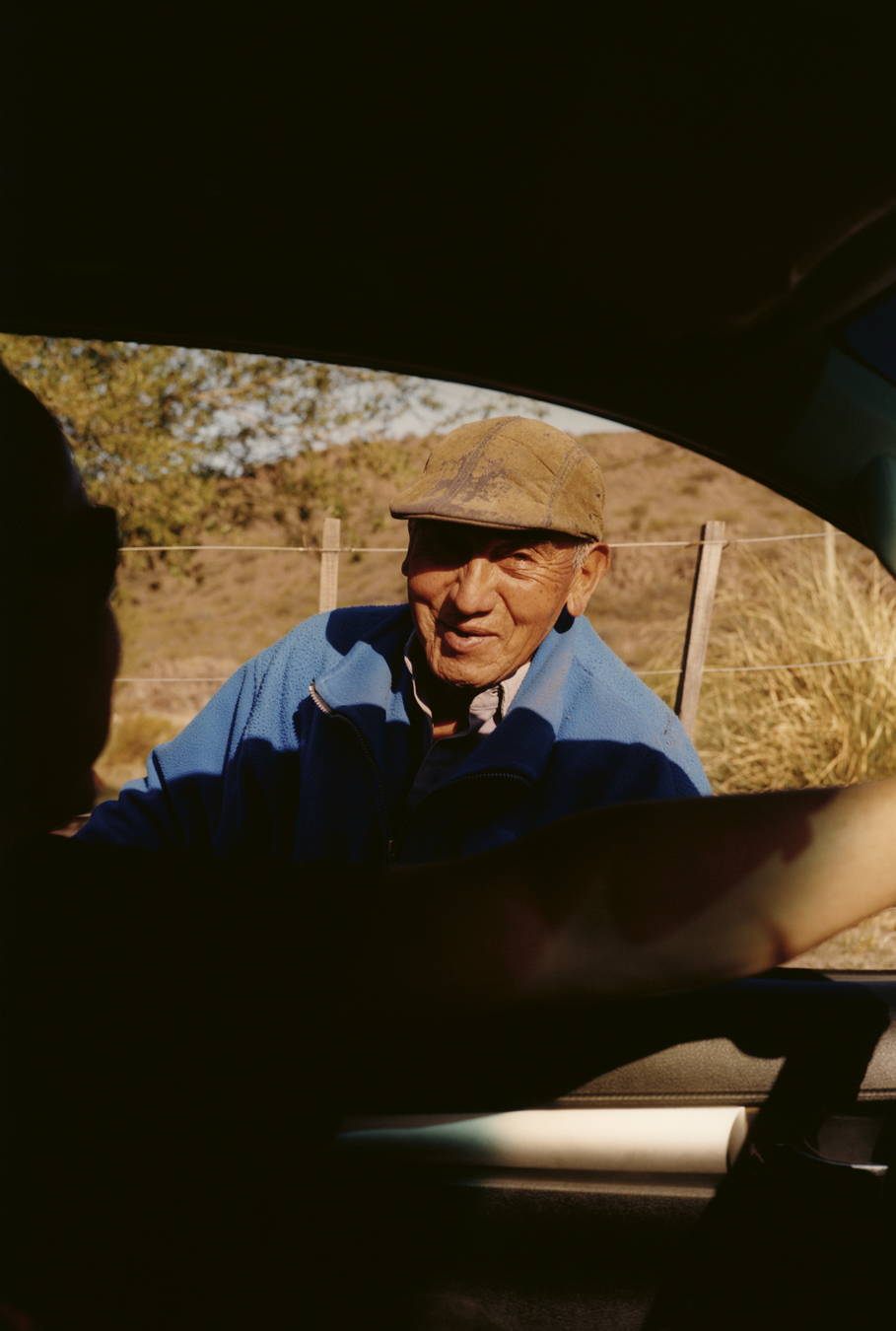
Somuncurá means ‘rock that speaks’ in Mapuche, and these photos seem to respond to this, the landscape in each photograph becoming a character in itself. This proposition could not be further from the style of photography that the scientists on both reserves are used to. In order to accurately capture data, those working with the World Land Trust use hi-res digital photography to capture very literal details. Colin’s work, however, speaks to a more emotive, experimental tradition in art and fashion photography. “Part of what he does is in the darkroom; so much is in the colour, in the way he prints the images,” Jonny explains. “The scientists really like the photos as well, because it changes how they look at things”.
The book was launched on Earth Day, no more than five miles away from the Houses of Parliament in London, where climate activism group Extinction Rebellion were hosting their most ambitious protest to date. As the debate around what to do about climate change heats up, projects like this can cut through the masses of doom-inducing data and connect people to the real work that scientists and activists are doing to protect and preserve what we still have. Each sale will raise enough money for the Trust to purchase almost half an acre of land, but the reach that the book gets is, for Jonny, more important than just cold hard cash. “Ideally, people read about it and learn about it,” he explains. “I think that’s powerful.”
‘100% (Ciento por Ciento)’ is available to purchase at cientoporciento.co.uk.
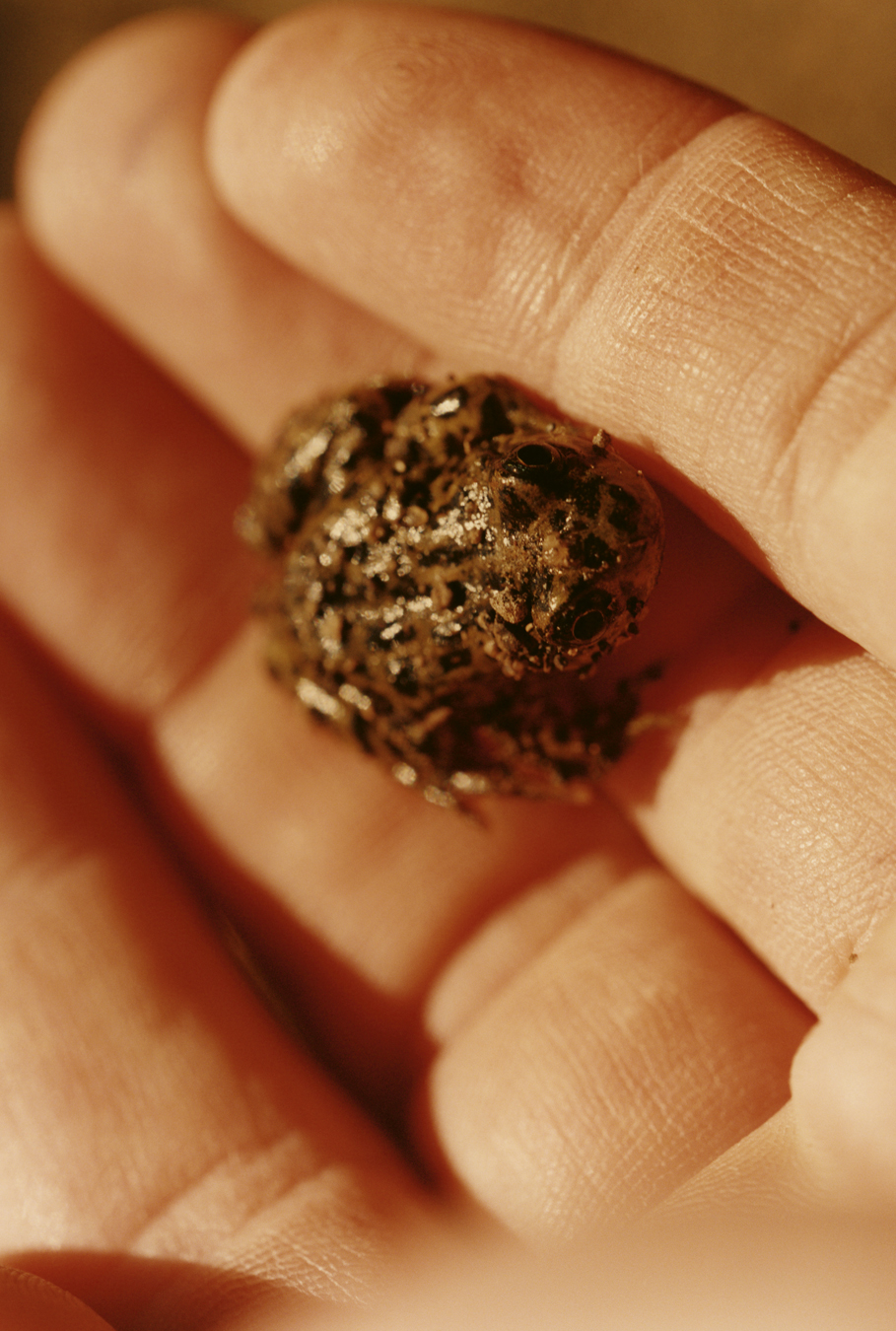
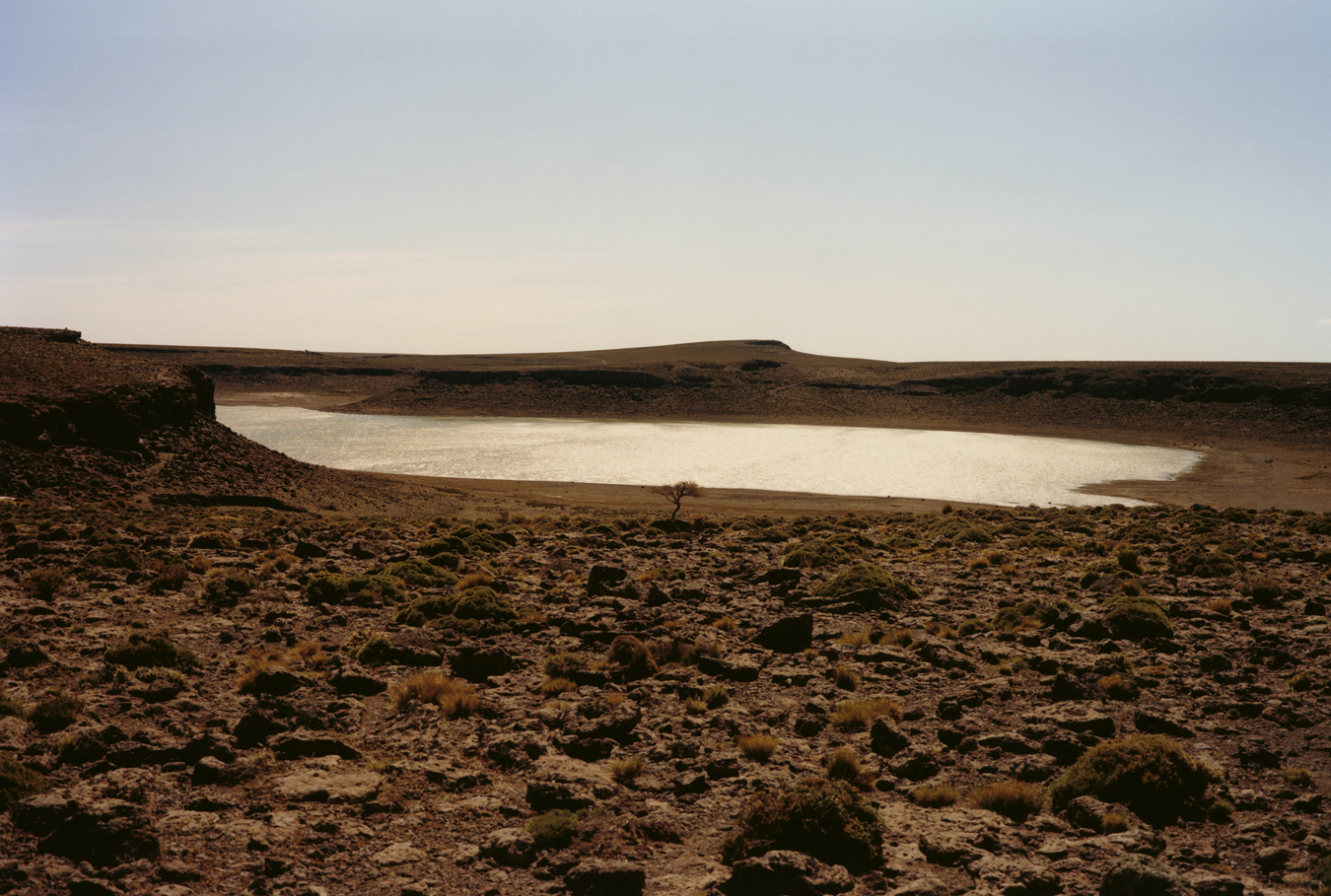
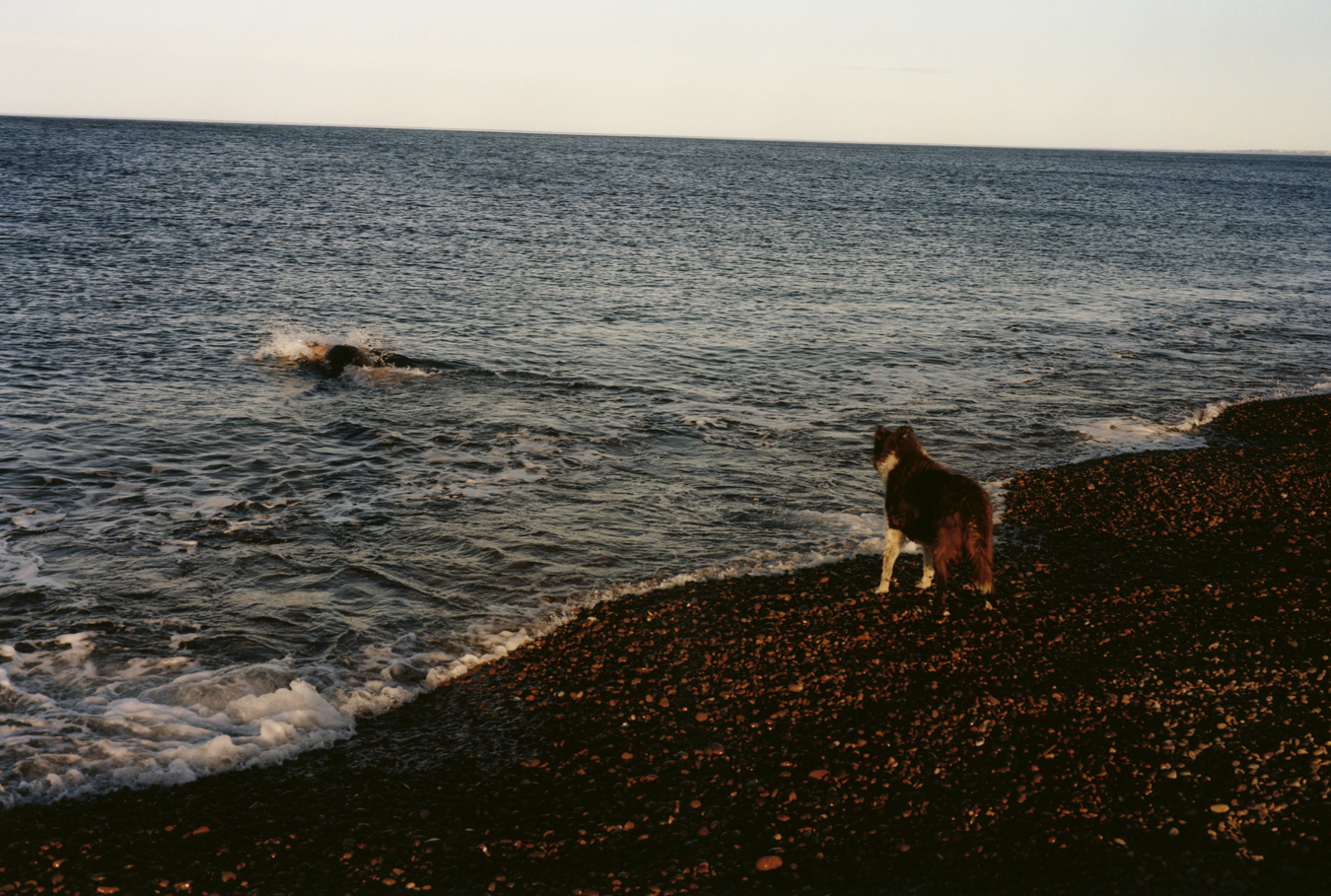
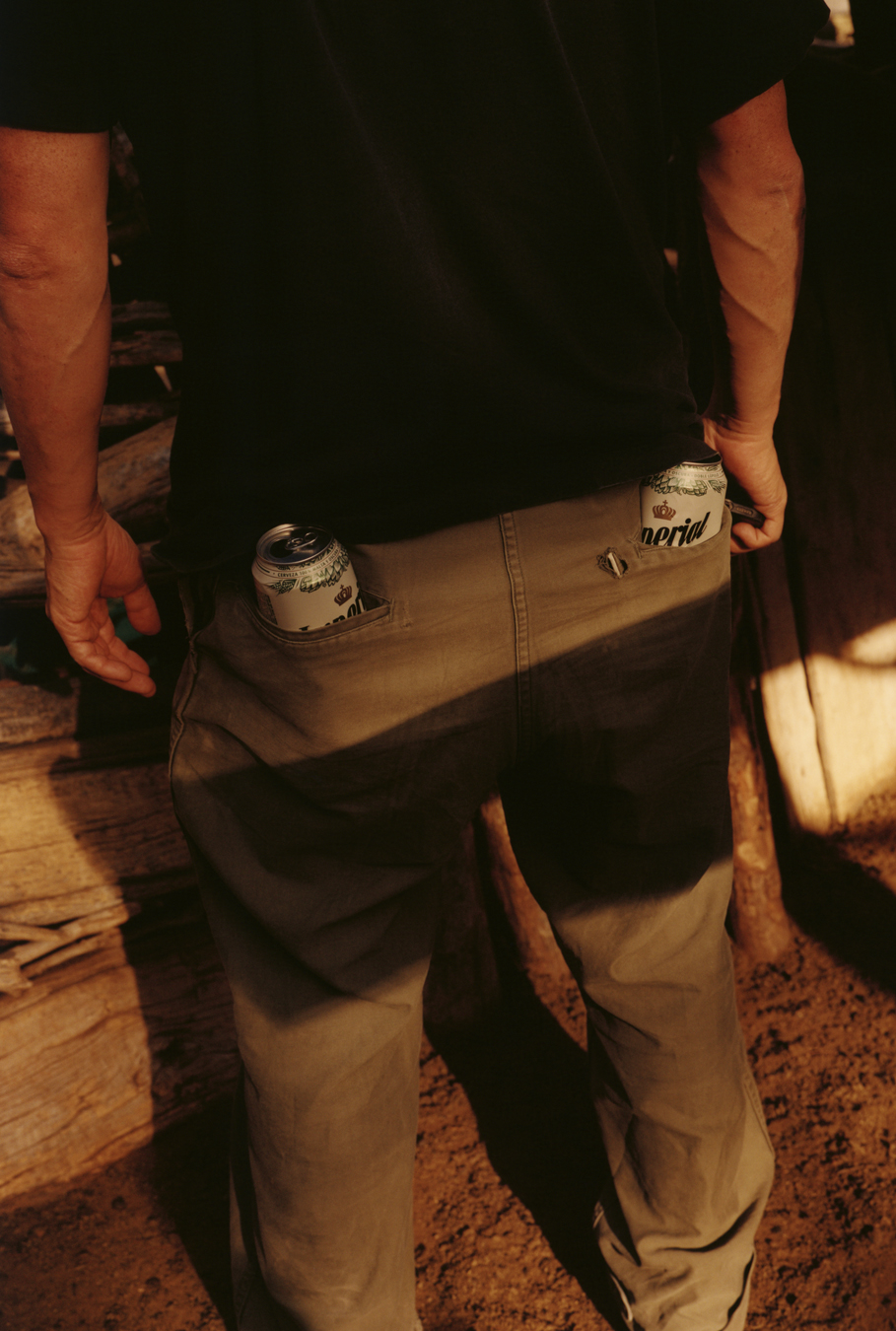

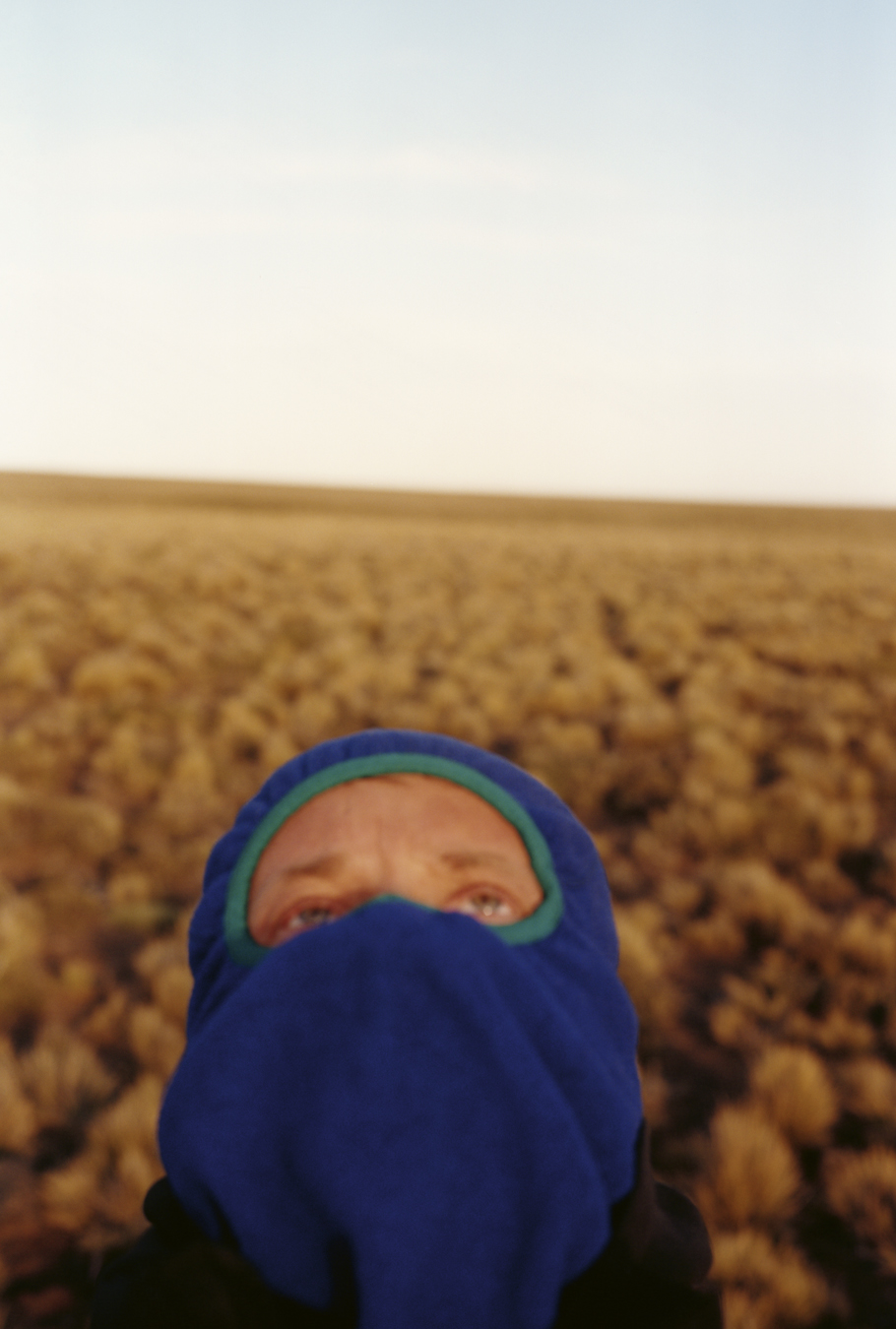
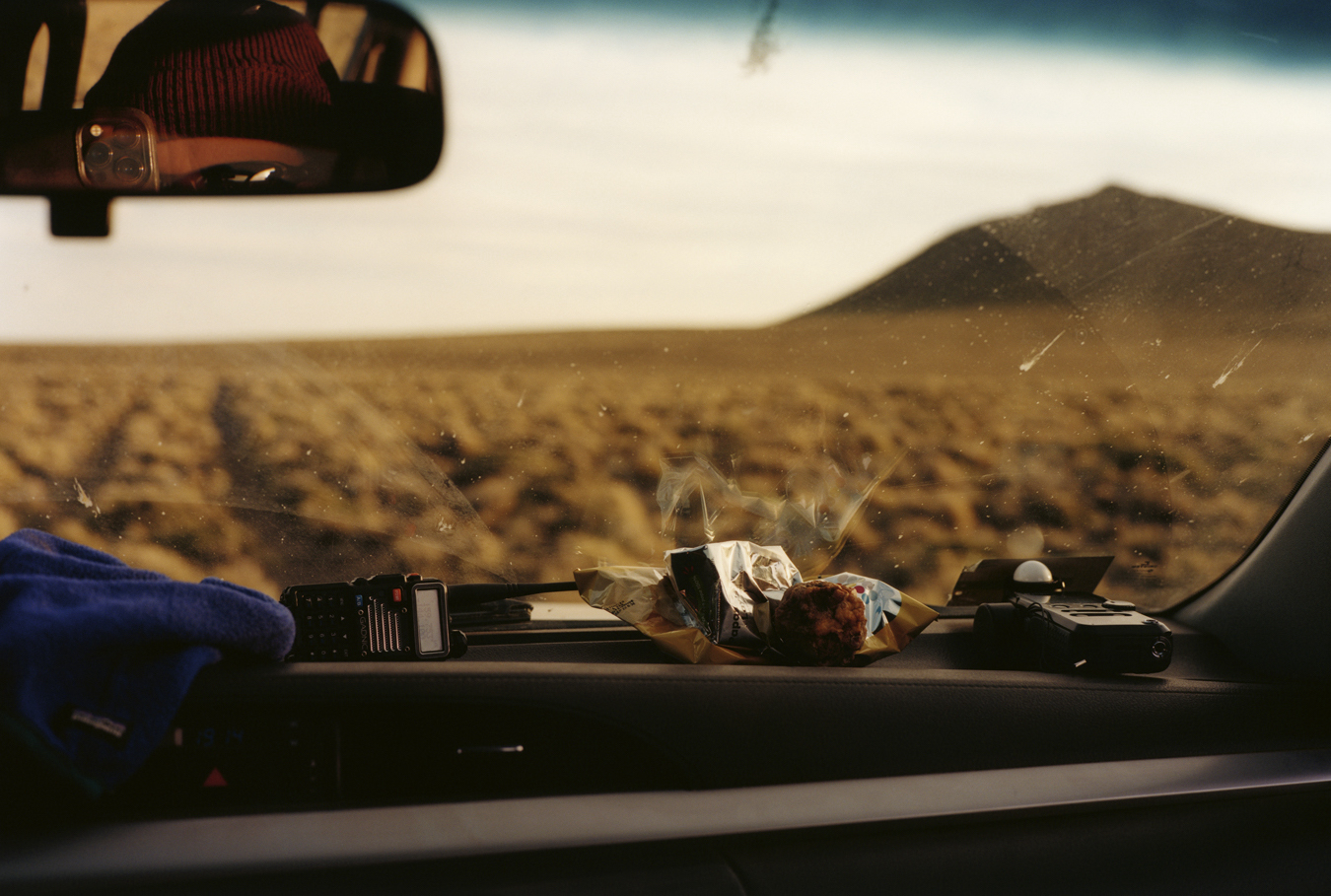
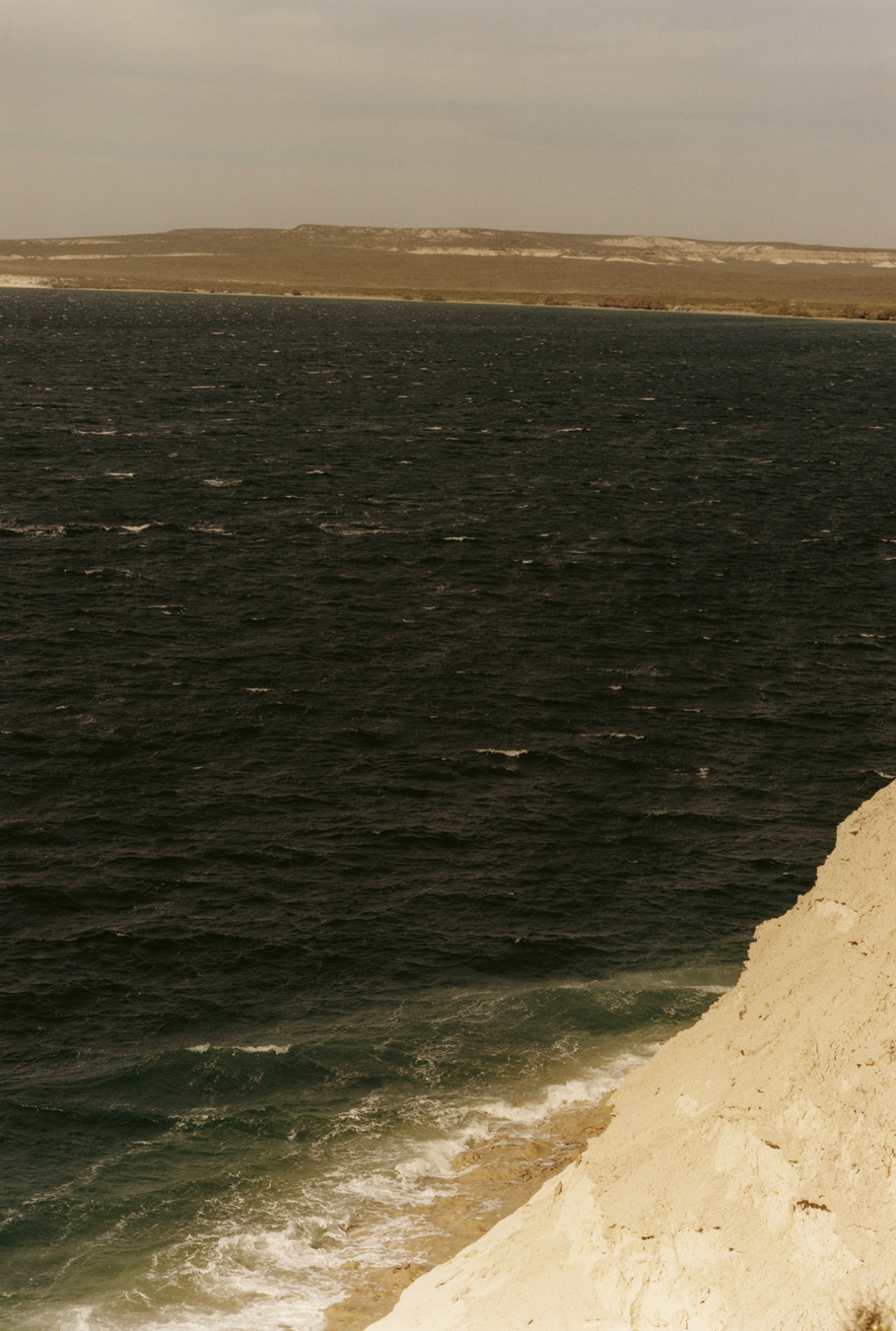


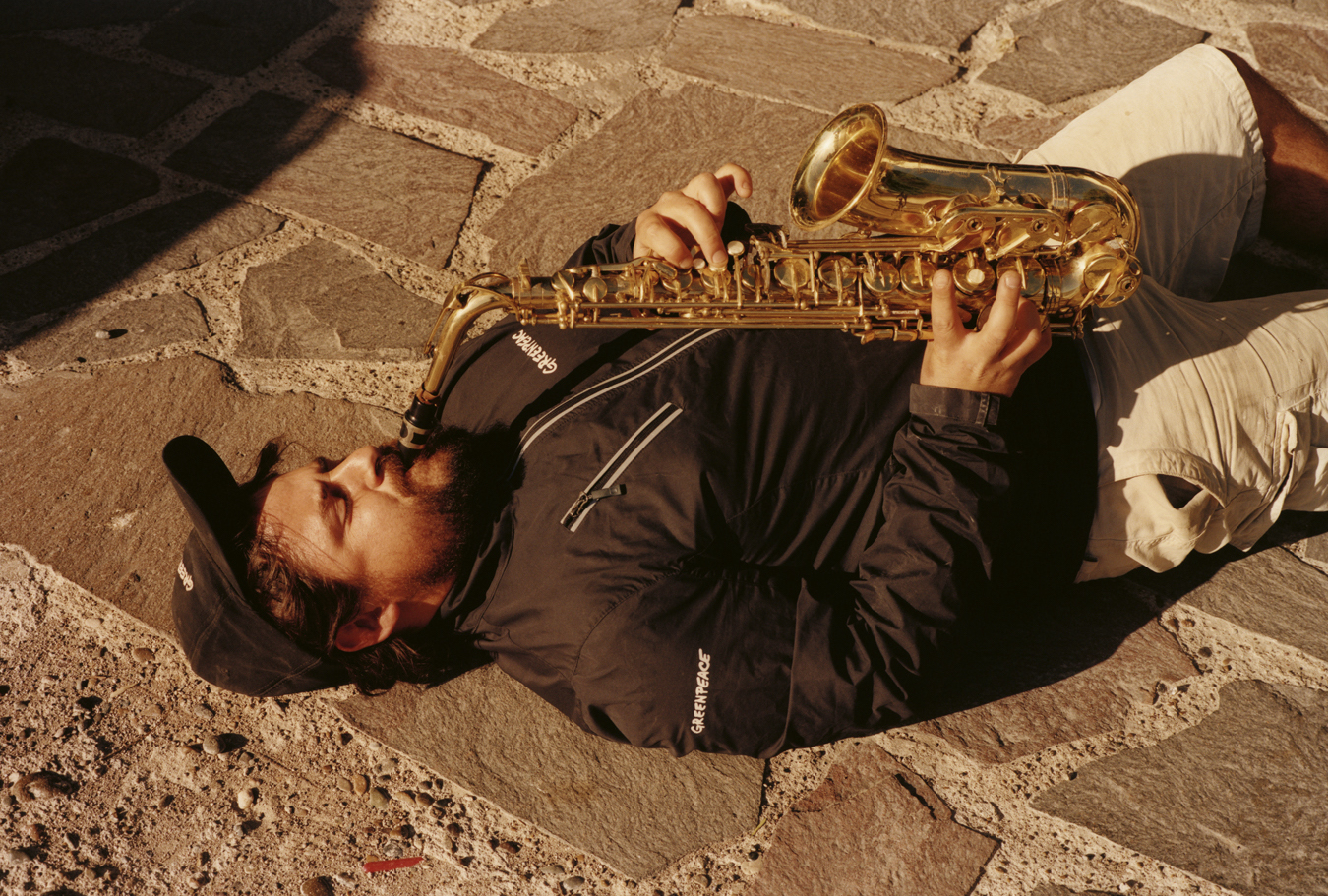
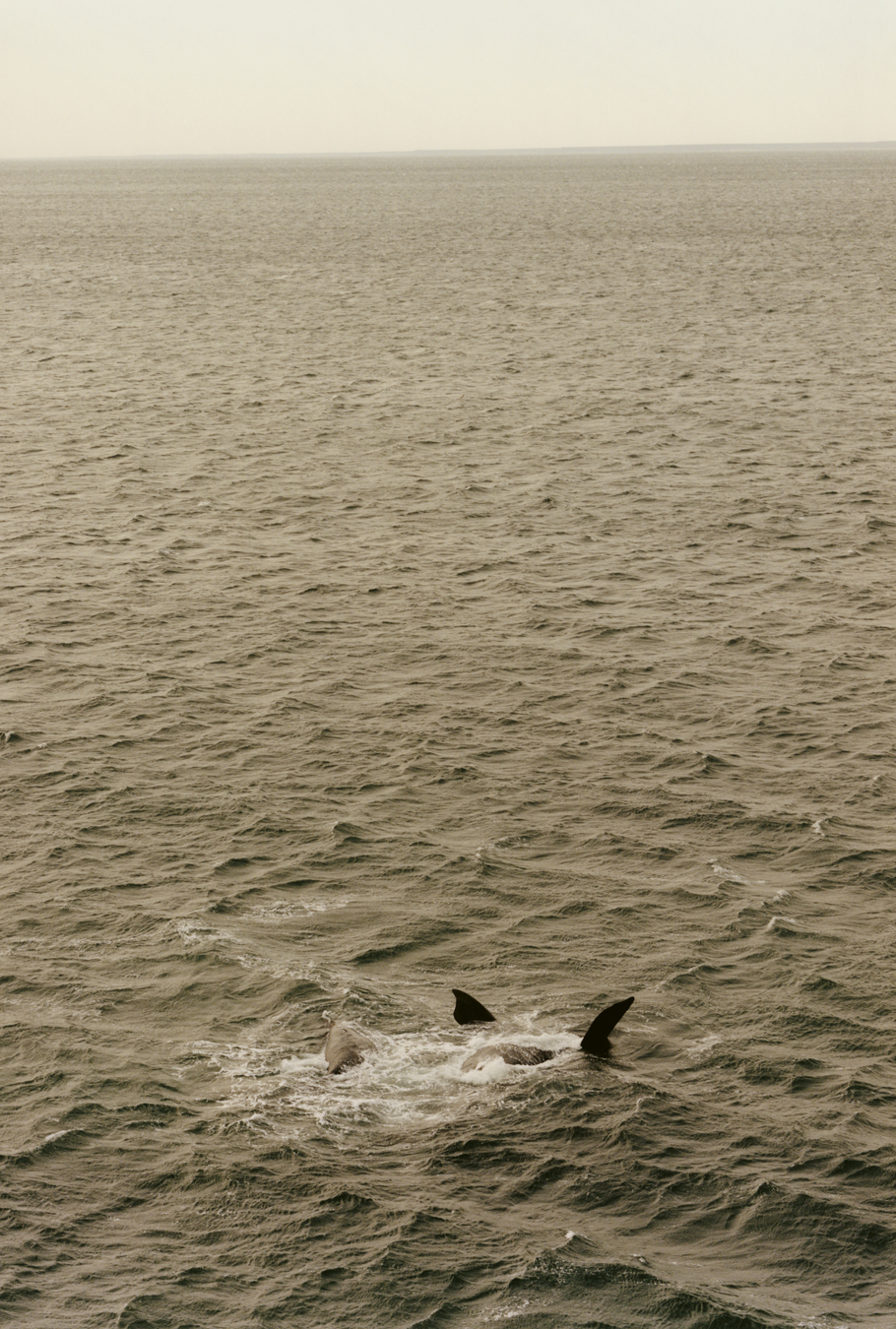
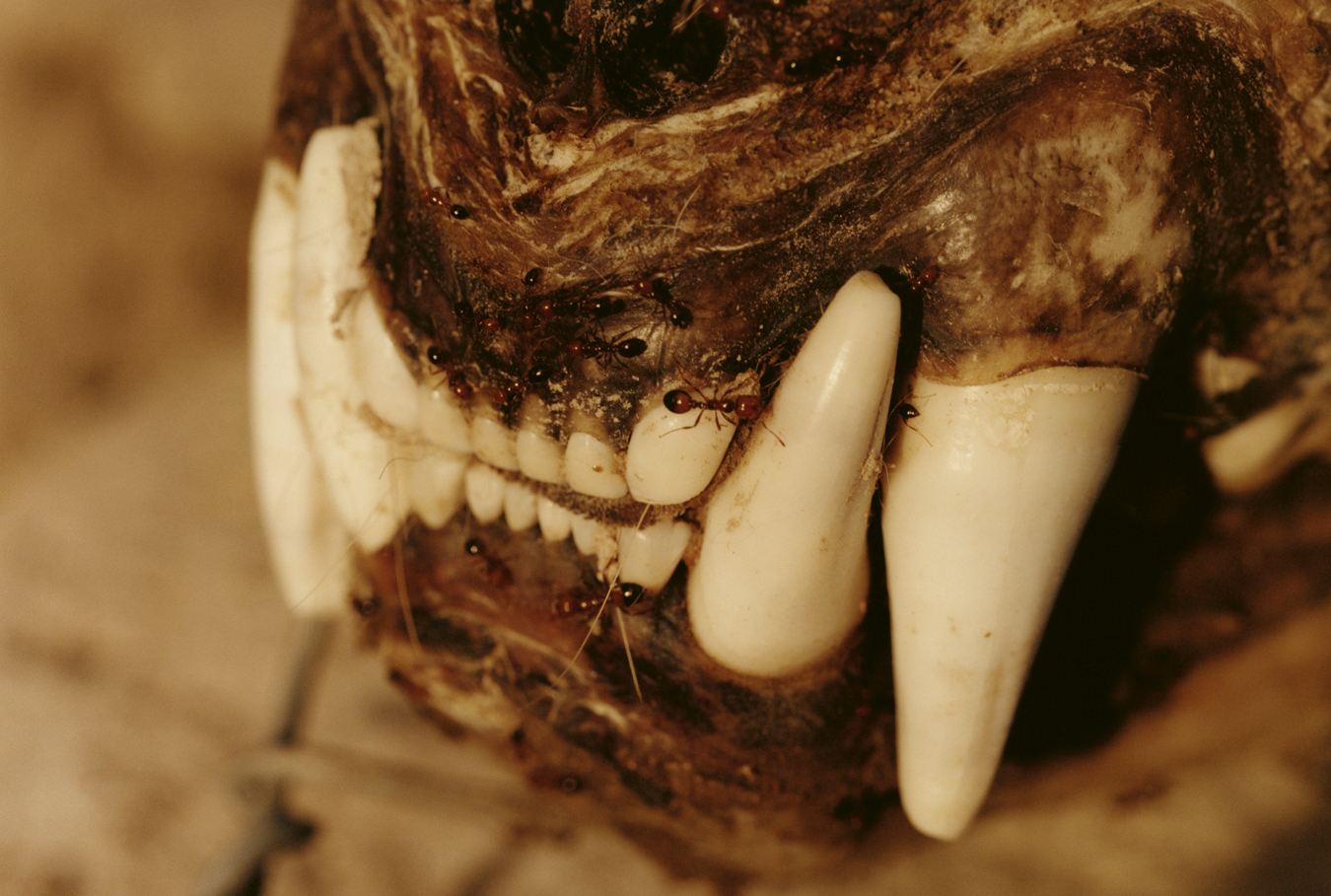
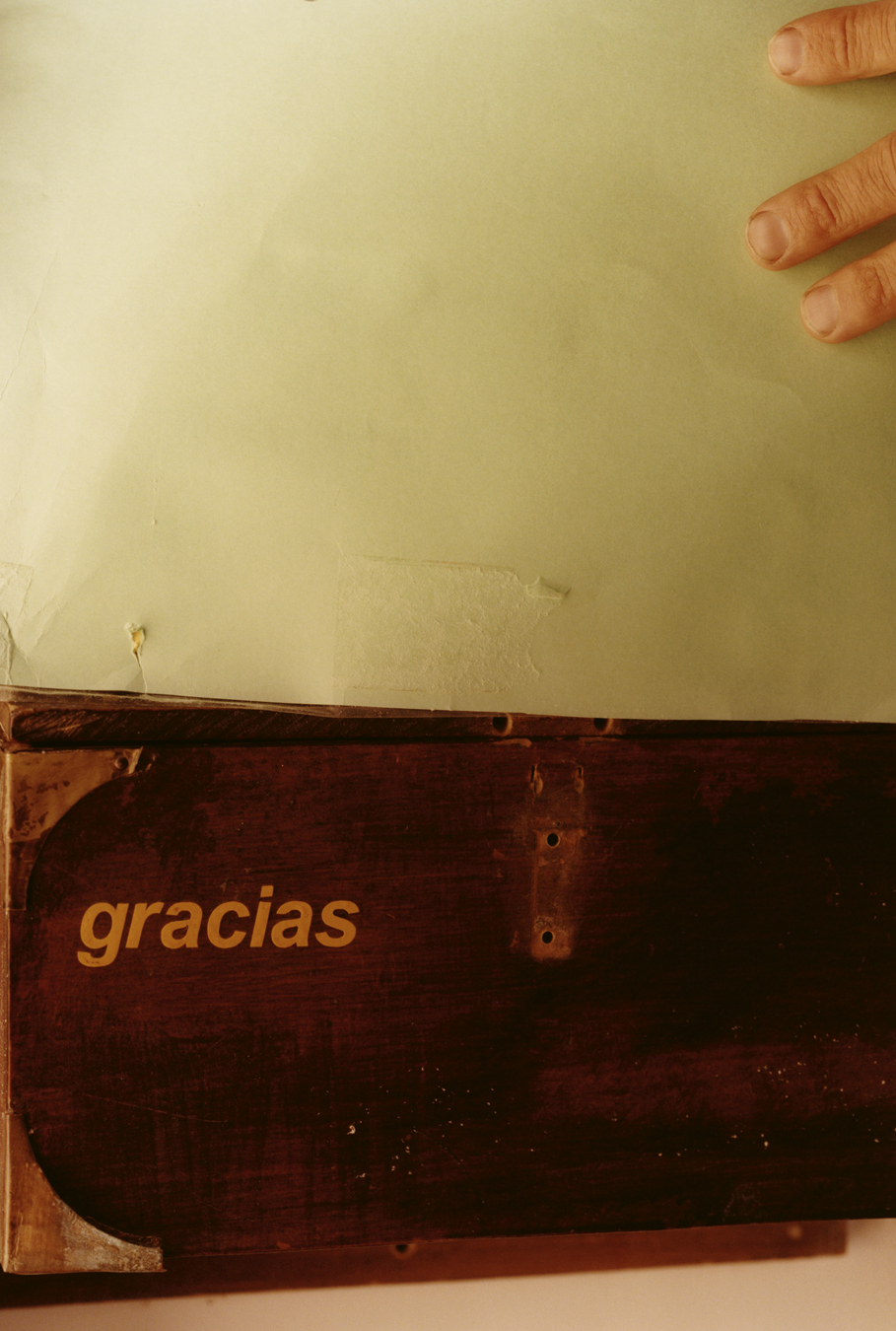

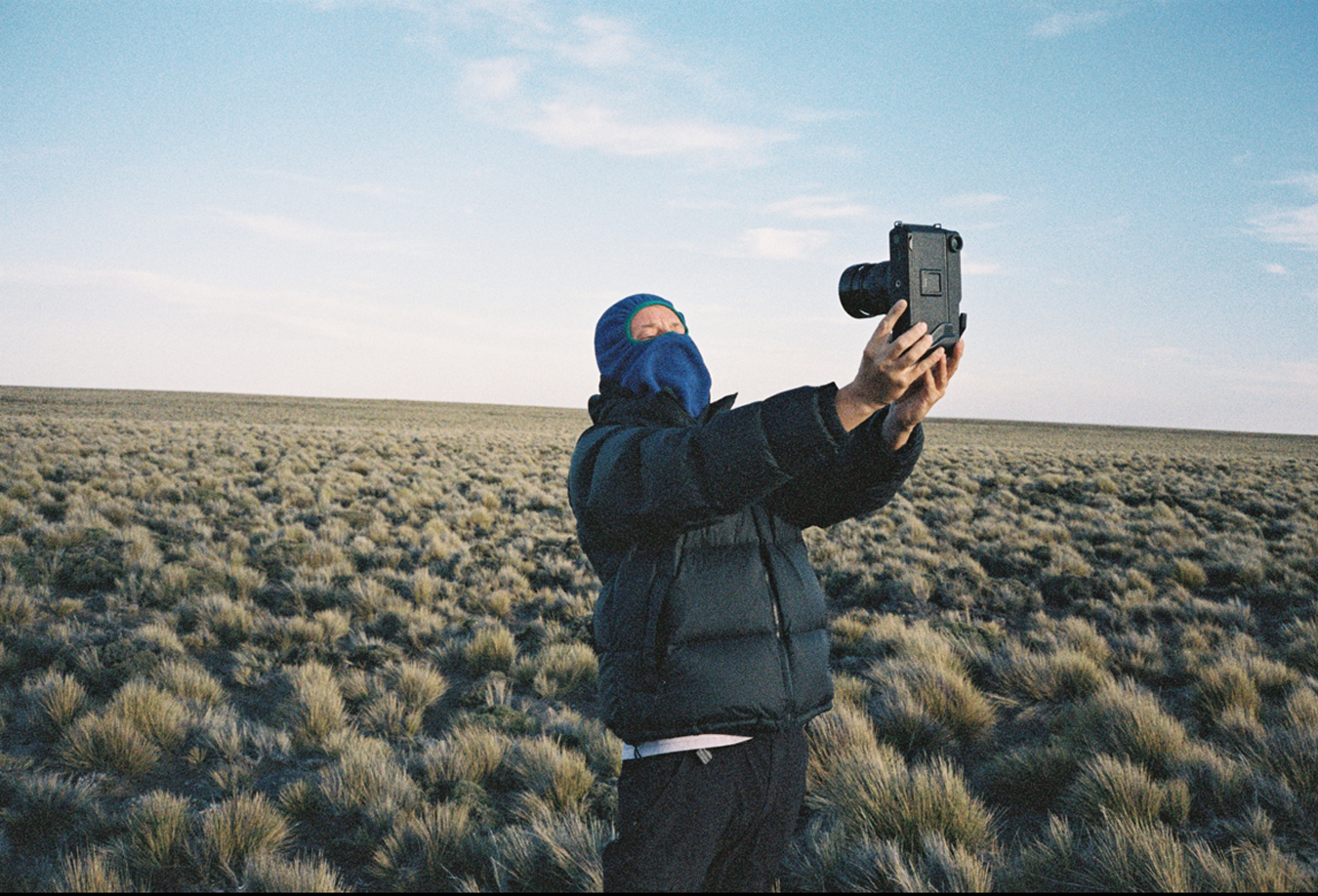


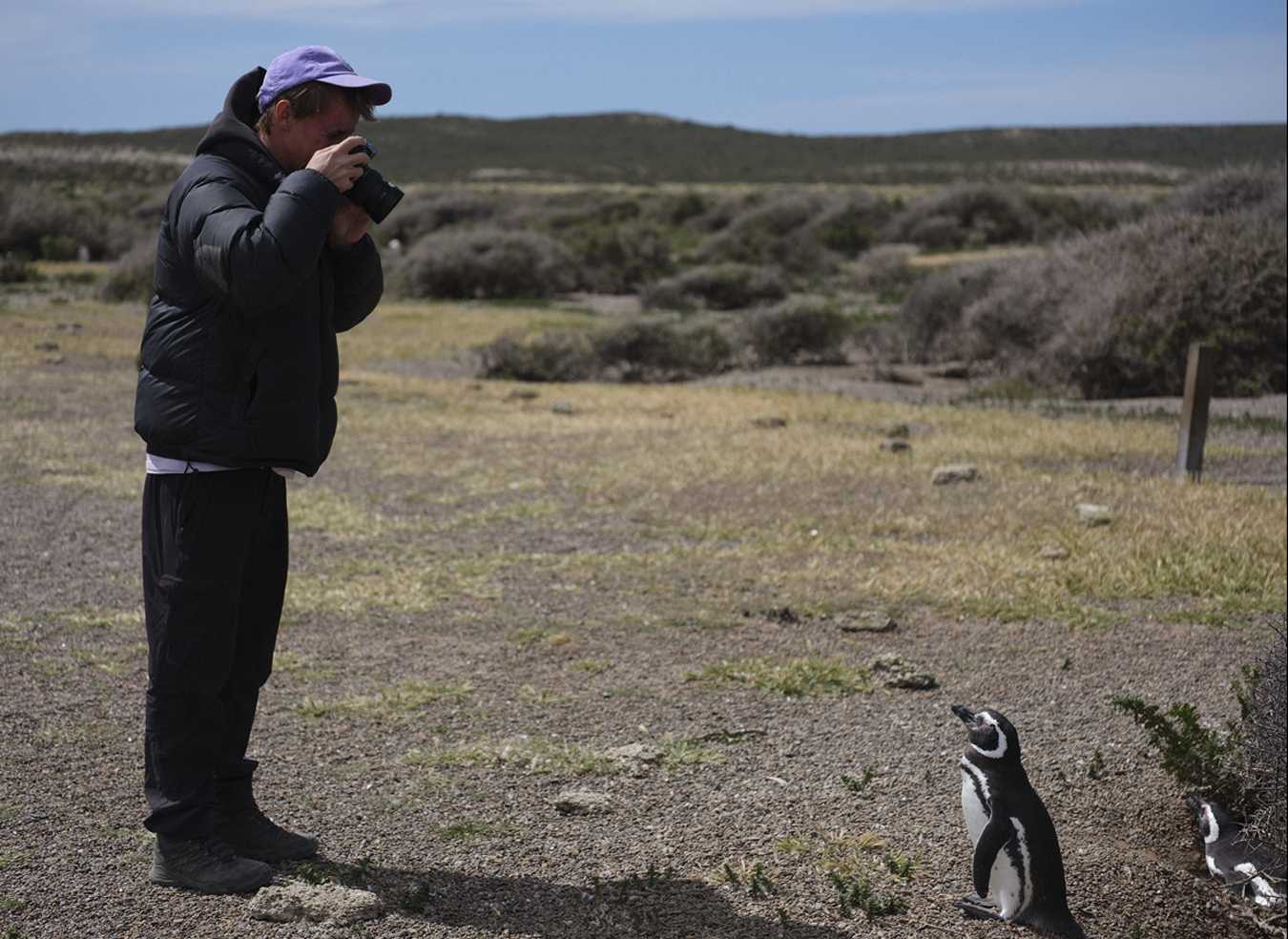
Credits
Photography Colin Dodgson
